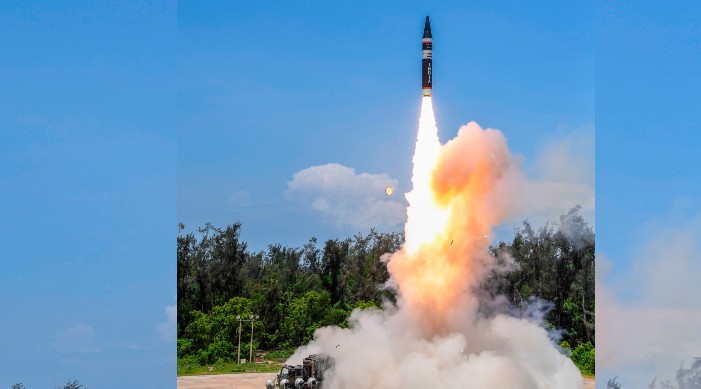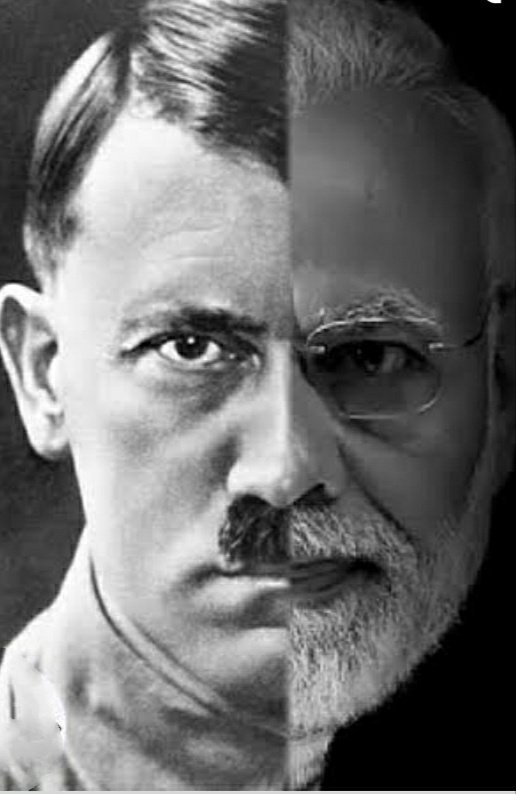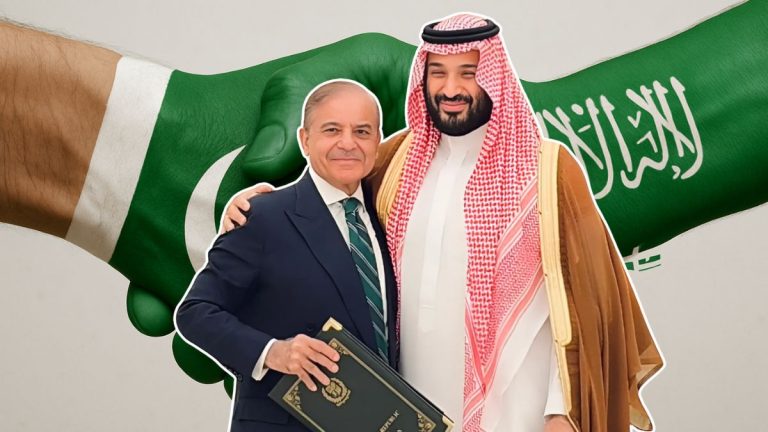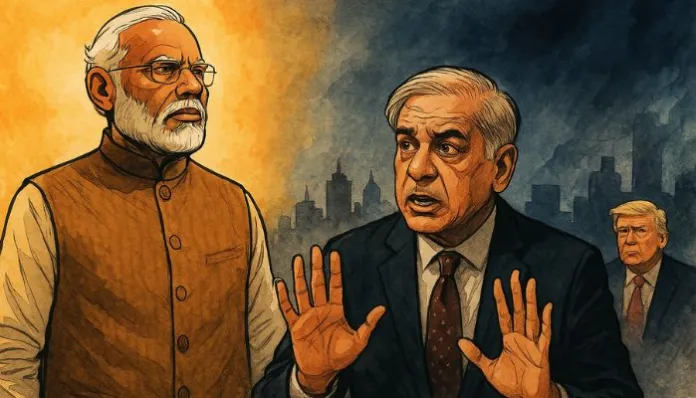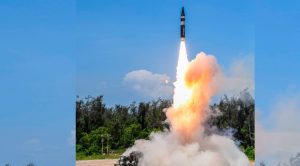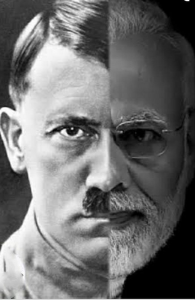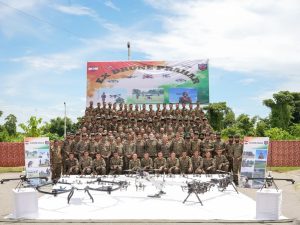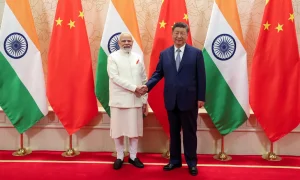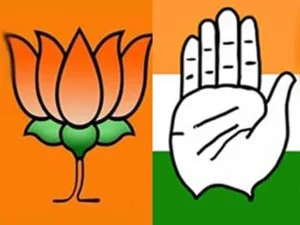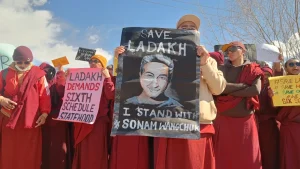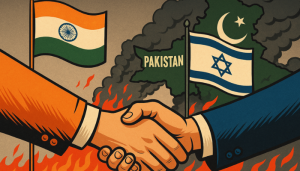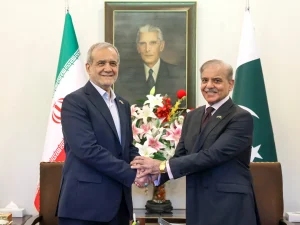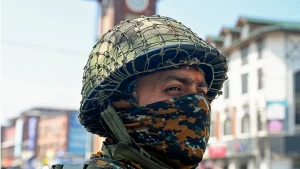In international politics, wars are not only fought with weapons but with words. Narratives determine legitimacy, mobilize public opinion, and frame outcomes long after the last shot is fired. The May 2025 conflict between India and Pakistan, in the aftermath of the Pahalgam attack, showed this clearly. What was meant to be India’s projection of strength through “Operation Sindoor” soon became a story of faltering credibility , challenged in parliament and dismissed by foreign observers.
Modi’s Struggling Narrative
The Indian government, led by Prime Minister Narendra Modi, has tried to write the initial draft of history in past crises from an Indian perspective. It was fast, repetitive, and emotionally framed. This time, the strategy failed. Aware of past failures against Pakistan, Modi chose to remain in the background, leaving it to the military chiefs and Defence Minister Rajnath Singh to project a message of resolve and strength, one that sought to mask operational shortcomings through political narrative. This, however, did not convince the global and local audience of their claims of success. Opposition lawmakers, in a heated session of Parliament , pressed the government to explain exaggerated figures and asked uncomfortable questions about whether the operation had achieved anything tangible.
Externally, India’s image also took a hit. The US President Donald Trump openly emphasized Washington’s role in bringing about the ceasefire during the May 2025 conflict, repeating several times that without American intervention, the crisis might have spiralled. That public framing ran directly against New Delhi’s effort to project unilateral control of the conflict. Later, when Washington imposed new tariffs on Indian exports, the limits of Modi’s foreign policy claims became evident. Despite repeatedly highlighting his personal rapport with US leaders – even campaigning under the slogan ‘Ab ki baar, Trump sarkar’ – the imposition of trade tariffs underscored the gap between his rhetoric of privileged ties and the realities of India’s international standing.
Much of this difficulty stems from how the Bharatiya Janata Party (BJP)’s communication machine operates. Research by the Oxford Internet Institute
has described India as home to one of the largest organized disinformation networks, built around the BJP’s Information Technology (IT) Cell and a vast volunteer base. In 2019, after the Balakot strikes, this system succeeded in pushing “national security” to the top of voter concerns, as documented in Hindu-CSDS Lokniti surveys . Moreover, “India’s use of disinformation is not conjecture, it is well documented by EU DisinfoLab’s ‘ Indian Chronicles ’ investigation. The report lays bare a 15-year covert operation involving over 750 fake outlets and hundreds of inactive nongovernmental organisations (NGOs) globally, all aimed at tarnishing Pakistan’s image in influential institutions across the EU and UN. By 2025, however, the same techniques looked less effective. Recycled footage, inflated claims, and contradictory statements left the government on the defensive rather than in control.
The Media’s Overreach
India’s mainstream media played a central role in magnifying these problems. Outlets closely aligned with the ruling party – often dismissed as “ Godi media ” – broadcast stories of Pakistan’s supposed devastation. Claims ranged from a coup in Pakistan, to alleged attacks on Islamabad, and the Indian INS Vikrant destroying the Karachi port , and the collapse of Pakistani air defenses. All turned out to be fake , as later confirmed by fact-checkers.
The consequence was predictable. Though the claims were false, they shaped public opinion in the crucial early hours, hardening anger against Pakistan. Nevertheless, once the corrections surfaced, credibility had already eroded. The deeper issue is structural: 54 percent of the Indian public relies on social media for news. For instance, India is the world’s largest WhatsApp market, with more than 480 million users, and according to Reuters Institute surveys, almost 54% Indians use YouTube for weekly news. Such platforms privilege speed and spectacle, not verification. In May 2025, the very channels that made India’s propaganda powerful also exposed it to rapid debunking.
Diplomatically, the cost was visible. No major power formally endorsed India’s claims. Delegations dispatched to Western capitals after the conflict failed to secure clear support, receiving instead generic calls for restraint. For a government that had banked on global recognition of its narrative, this was a striking failure.
Pakistan’s More Disciplined Response
By contrast, Pakistan’s communication was more cautious but also more credible. Officials consistently stressed the principle of defending sovereignty and territorial integrity, grounding their case in international law . The armed forces organized joint briefings, presenting timelines and evidence. The Pakistan Air Force’s actions downing six Indian fighter jets, a drone, and the destruction of the S-400 system added battlefield weight to this narrative.
Pakistan also managed to keep pace diplomatically. Within days, lawmakers and envoys were already in London, Washington, and other capitals, offering background briefings and giving their version of events to foreign reporters, crafting a counterargument to blunt New Delhi’s claims.
Moreover, Pakistan has begun to think in more sustained terms about how it communicates abroad. The recent launch of Asia One English is a step in the right direction, engaging an international audience.
The May conflict highlighted that controlling the narrative is an uphill task. India tried to portray Operation Sindoor as a success, but its story began to fray once evidence, fact-checkers, foreign leaders, and even opposition voices in parliament challenged the details. Pakistan, by contrast, leaned on press briefings to foreign and local journalists and evidence that could be shown publicly. This gave Islamabad more credibility at a critical moment – during and after the crisis.
Going forward, challenge is to turn this into an institutionalized framework for continued impact. Regular press briefings on matters related to national security, stronger English-language media, and deeper links with think tanks and correspondents abroad should be established. What helped Pakistan in the May conflict with India was a measured, and factually correct narrative. Keeping this balance in narrative-building grounded in facts will be essential for Pakistan to continue building a strong, factual and verifiable Pakistani narrative.

